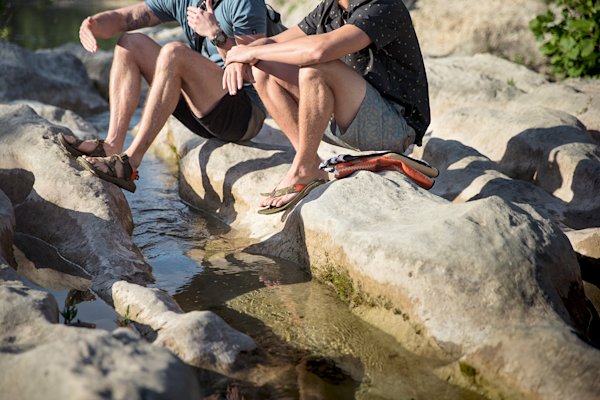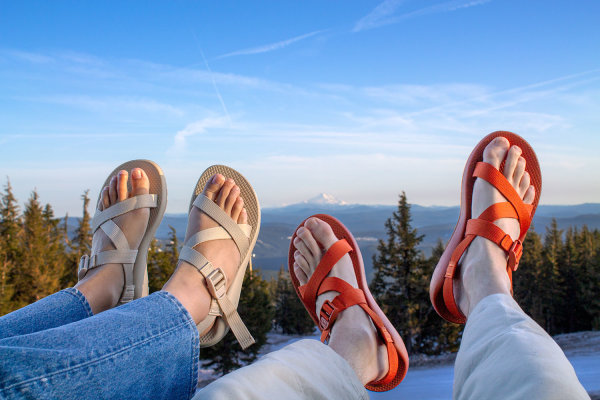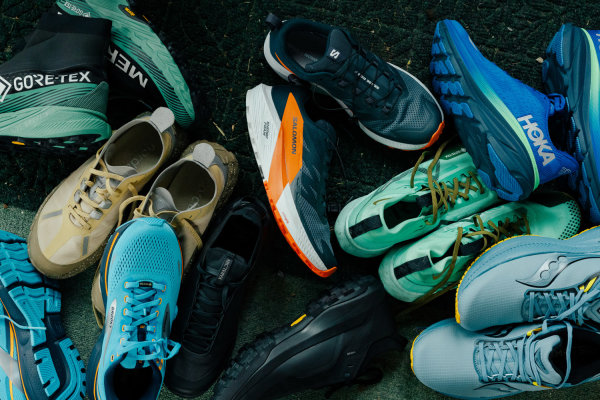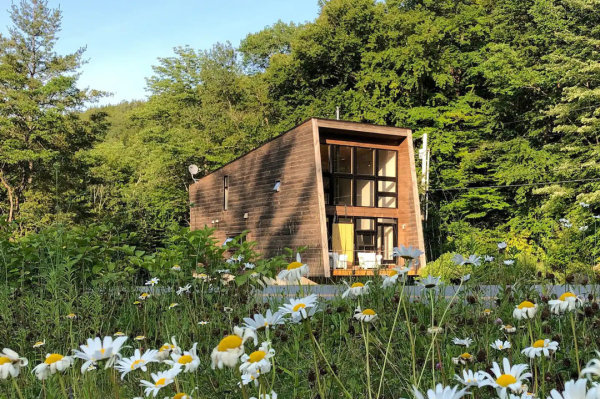Like a Patagonia Synchilla or Fjällräven Kanken, a rugged pair of Chaco sandals are one of those classic pieces of outdoor gear recognizable from afar. Originally designed for whitewater rafting in 1989, the adjustable straps and substantial soles of the Classic Z/1 sandal have long since found a home on the feet of a wide range of outdoor enthusiasts. But what once was associated primarily with granola-munching climbers, backpackers, and river rats, is now becoming almost equally commonplace on the streets of Tokyo and New York. Sandals are officially in. And Josh Weichhand is loving it. Heck, he’s partially responsible for it.
As Chaco’s creative director, Weichhand oversees everything from the introduction of new designs and partnerships to the ideation and production of fresh brand visuals each season. In the five years since joining Chaco—following a stint at Urban Outfitters where he worked as a content and marketing “Swiss Army Knife” with the Anthropologie brand—Weichhand has pushed a renewed focus on visuals, getting sandals on the feet of real people and documenting their genuine travels near and far, and inked partnerships and collaborations with everyone from the National Park Foundation and Topo Designs to Japanese fashion labels like Beams and BAPE.




























